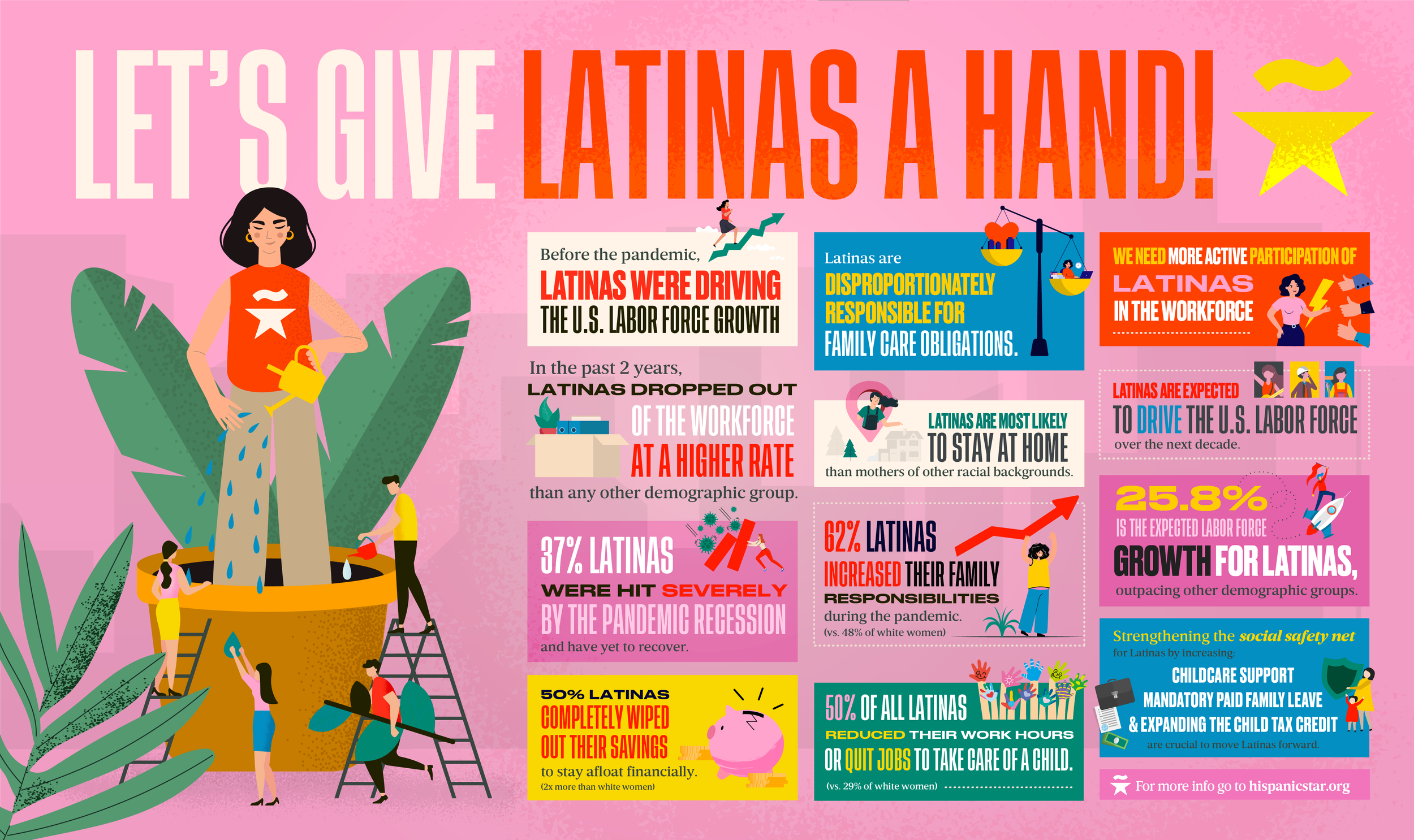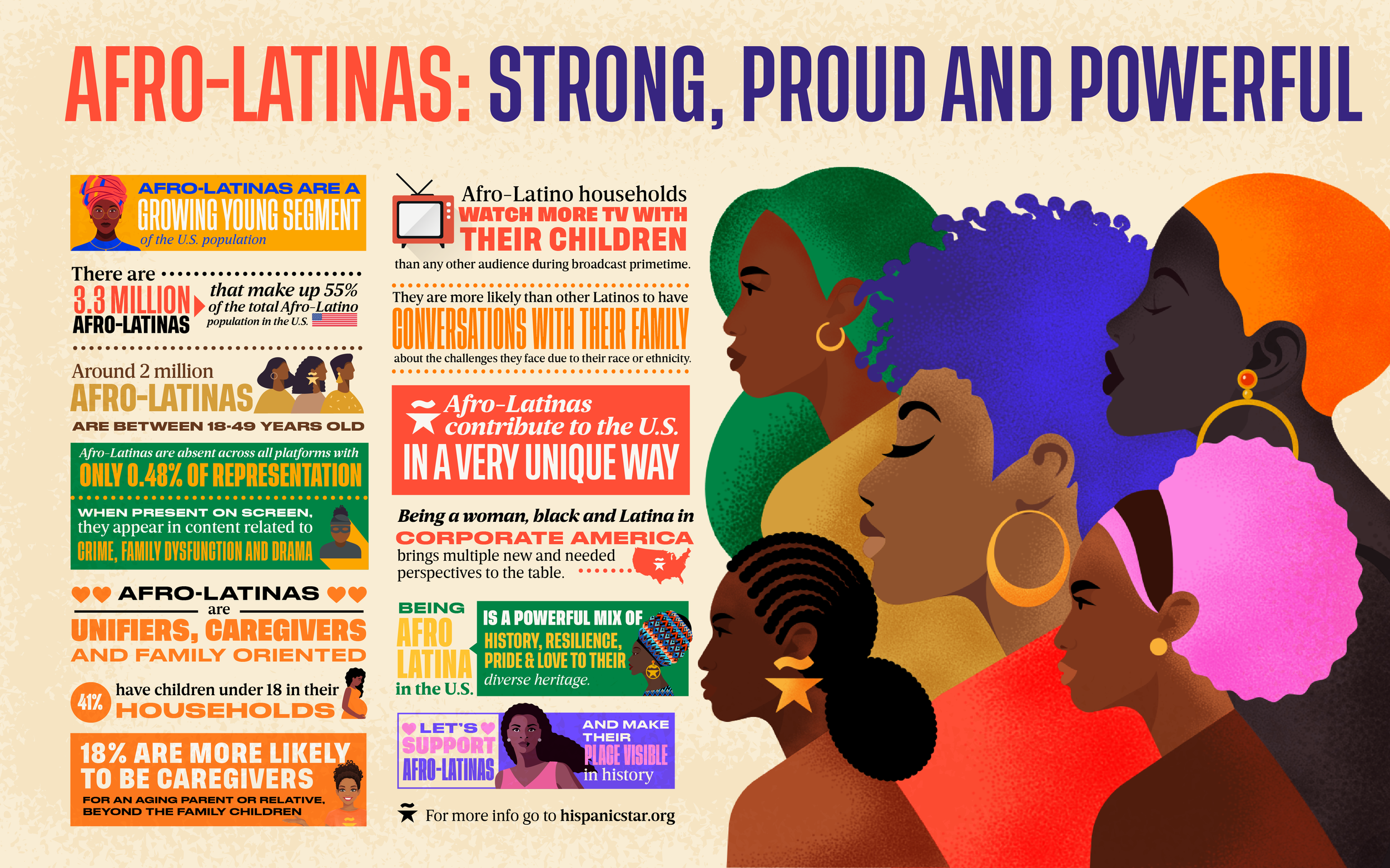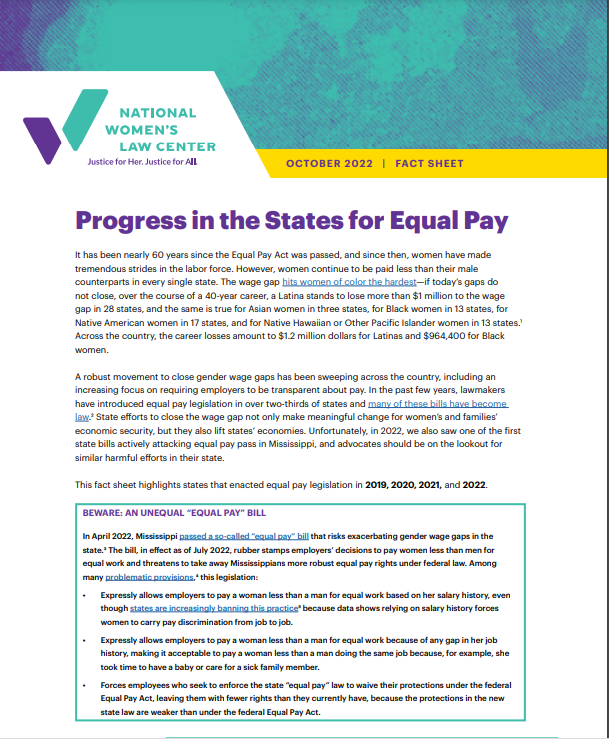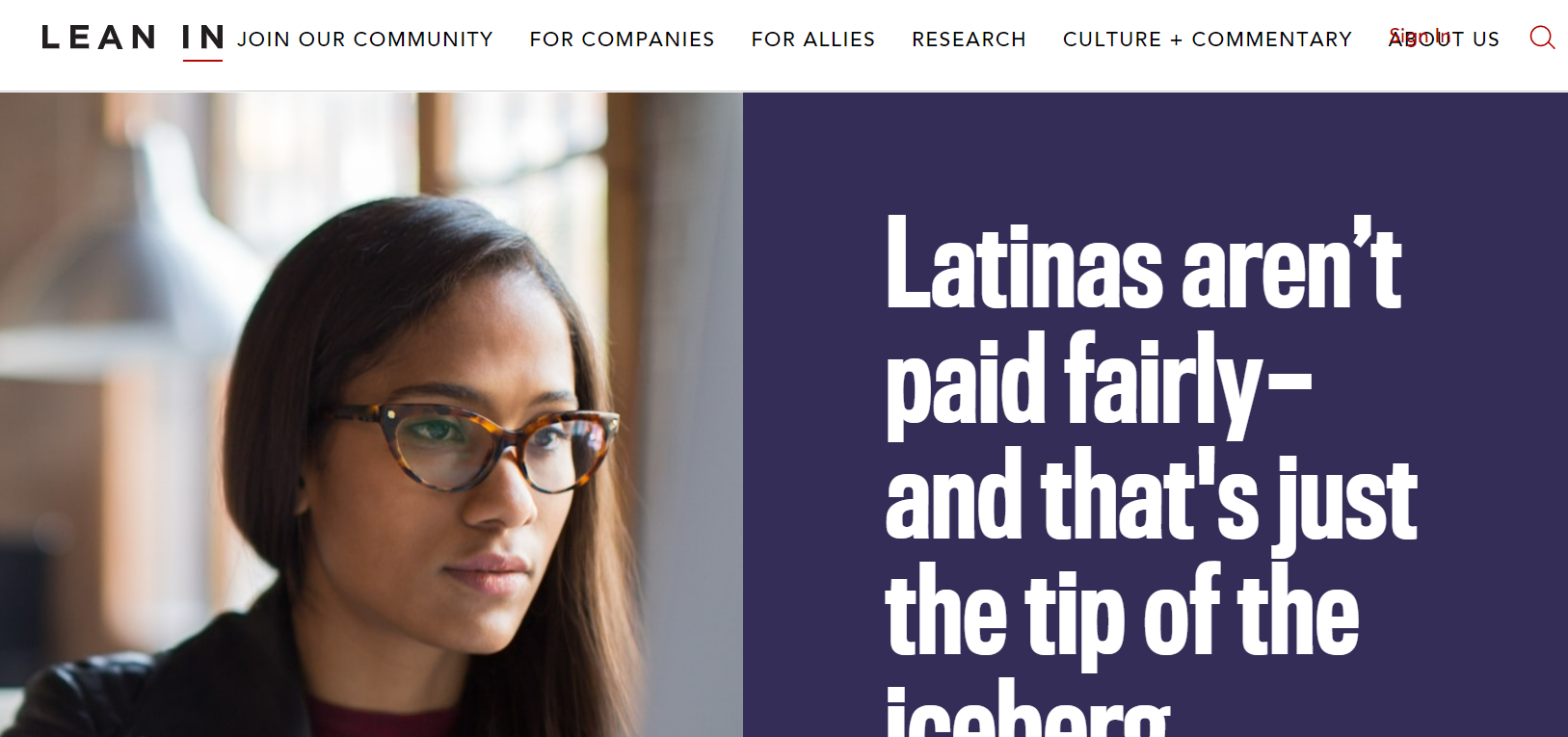October 3, 2024 is Latina Equal Payday
This date is important because we acknowledge how far into the new year the average Latina must work to match the average men made the year before. Latinas deserve a fair pay & together we say PAGAME. The Commission on Hispanic Affairs is running a month-long campaign to raise awareness about the gross pay gap, the negative societal impact and how we can work together to reduce the pay gap.
What is Latina Equal Payday?
LATINA EQUAL PAY DAY IS A REMINDER OF THE WORK WE HAVE TO DO FOR ECONOMIC FAIRNESS. Latinas are one of the fastest growing, most powerful groups in the United States. Latinas excel in every sector industry in our country. Yet Latinas face the widest GAP in the United States. Latinas are paid, on Average 55 cents for every dollar made by white, non-Hispanic men. Latina Women must work nearly 23 months to earn what white men earn in 12 months. That means it takes almost two years for Latinas to earn what White men earn in one. This also means that Latinas would have to work until the age of 90 which is beyond our life expectancy, to earn as much as white, non-Hispanic male makes by the time they are 60 years of age. The pay GAP hurts Latinas and their ability to provide for their families especially single mothers.
The Pay Gap
Pay gap by education
Latinas are going to college at higher rates than ever before. But education doesn’t eliminate the pay gap. In fact, the gap is largest for Latinas with a bachelor’s degree, who earn 31% less than white men on average. There is a miss conception that people think that Latina women chose not to be in higher position roles but the reality is that even working in the same role Latinas are paid less than white men. For example, a Latina earns 36% less than a white Manager on average. & For every 100 men promoted to manager, only 71 Latinas are promoted. The wage gap is not just a statistic; it affects families, communities, and futures. It limits opportunities and perpetuates cycles of poverty and inequality. Together, we can close the gap and empower Latina women everywhere. Let’s work towards a future where everyone is paid fairly for their contributions!
Pay Gap Based on Educational Level
How it Works
The pay gap starts early
From age 16, Latina girls are paid less than white boys the same age—and the gap only grows from there.
Even in the same job, Latinas get paid less
Many people assume that Latinas face a pay gap because they're concentrated in lower-paying roles. But even in the same job, Latinas are paid less than white men. For example, Latina nurses earn 25% less than white male nurses, on average.
The Pay Gap by Age
The Pay Gap by Occupation
DID YOU KNOW?
Nearly 1 in 3 Americans is not aware of the pay gap between Latinas and white men.
DID YOU KNOW?
The pay gap widens the wealth gap: how much Latinas are worth or own. The average Latina’s net worth is less than 1% of the average white man’s.
Latinas are asking for more
Latinas ask for promotions and raises at similar rates to white men—yet the "broken rung" still holds them back at the first critical step up to manager. For every 100 men promoted to manager, only 71 Latinas are promoted.
Families are on the front line
The Pay Gap for Latina Mothers
The pay gap is even worse for Latina mothers: They earn 54% less than white fathers. When Latinas are paid less, they have less money for basic family necessities like rent, groceries, and school supplies. Over time, this impacts families’ ability to invest in savings, higher education, or property.
Why is this a problem?
The issue is not over a simple paycheck. It's due to the loss overtime in average in a Latina’s career, the lost income adds up to over a million dollars compared to white men. When it comes to the gender pay gap, Latinas working full time, part time, and part year across every industry and sector are being paid an average of just 52 cents for every dollar paid to white, non-Hispanic male workers. Women of color remain underrepresented in higher-paying occupations. Latina women are overrepresented in industries that are underpaid and often lack basic workplace protections.
Average Income Lost Over a Lifetime Due to the Pay Gap
How we can move forward
What can be done?
It’s clear that we need policy changes at both the federal and state levels. The Equal Pay Act of 1963 made it illegal for employers to pay unequal wages to men and women performing substantially equal work. While this act and subsequent civil rights laws have made strides in addressing wage inequality, they have not fully closed the persistent gap between women's and men's wages.
We must advocate for a change in workplace culture and the public narrative surrounding women and work in our country. Deep-seated notions and unconscious biases that suggest women are less valuable or capable than their male counterparts are reflected in the pay we receive and the treatment we endure. Employers need to create safe and equitable workplaces where everyone feels valued—this benefits both employees and employers alike.
Some Latinas experience substantially wider wage gaps than the wage gap for Latinas overall
• Latinas of Central American origin experience the highest wage gap and typically make less than half— 47.3 percent—of what white, non-Hispanic men typically make. Mexican and Dominican women typically make just more than half of what white, non-Hispanic men make (50.9 percent and 54.5 percent, respectively).
• Cuban (57.1 percent), South American (63.6 percent), and Puerto Rican (65.5 percent) Latinas all make less than two thirds of what white, non-Hispanic men make.
• Latinas of various origins also earn less than their Latino counterparts, although the disparity in pay is less than that between Latinas and white, non-Hispanic men




















